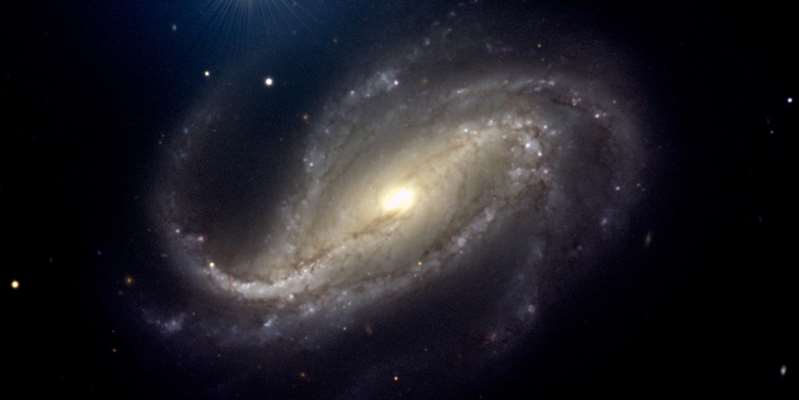
A giant supernova trail found in the Milky Way
Astronomers at the Max Planck Institute for Extraterrestrial Physics in Germany have discovered a giant supernova remnant. The expanding cloud of dust and gas left over from the star's explosion is about 90 times the size of the full moon, Astronomy & Astrophysics reports.
The object is located at a distance of 4,000 light years from Earth. Despite its size, scientists have not been able to detect it for a long time. The cloud turned out to be visible only in X-rays and only for one of the most powerful X-ray telescopes of our time: eROSITA. It was named Hoinga
“The eROSITA telescope, which is on board the Russian-German satellite SRG, is 25 times more sensitive than its predecessor ROSAT, so we expected to find new supernova remnants in the coming years, but were pleasantly surprised when one of them appeared immediately,” noted astronomer Natasha Hurley Walker.
Scientists have noted that supernova remnants are very rare in the Milky Way. Although there are about 100 billion stars in our galaxy, about 90% of them are too low in mass for supernovae, and another 9% are “dead” white dwarfs.
According to astronomers' calculations, explosions should occur no more often than once every 30-50 years. They leave behind a cloud that has been visible for 100,000 years.
Based on this data, there should be about 1200 supernovae in the Milky Way, but astronomers only know about 300 of them. New generation equipment helps to search for “missing” objects.
Scientists have specified that the age of the object they found is between 21,000 and 150,000 years old and that it is relatively close to Earth, between 1470 and 3915 light years. Earlier it was reported that a “wandering” black hole was found in space. She behaved in an atypical way.

